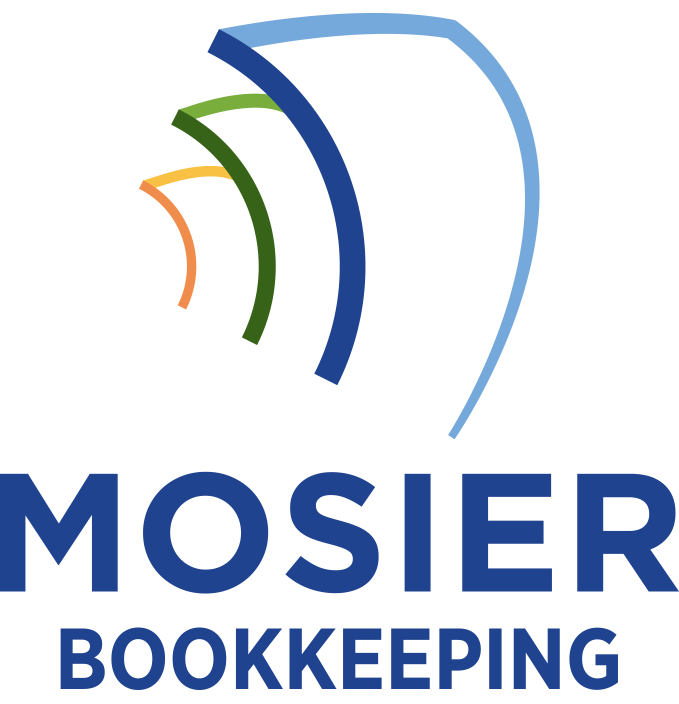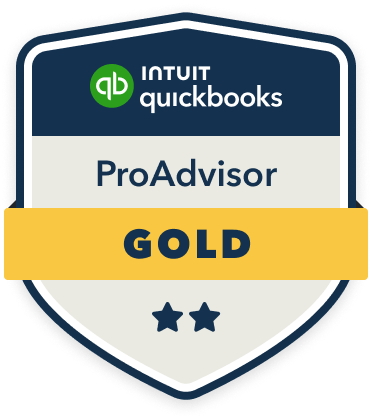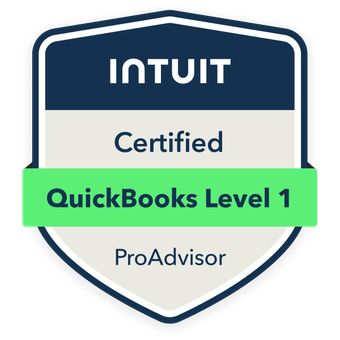A thorough small business bookkeeping system relies on five interconnected components I recommend implementing: a structured chart of accounts with numerical codes, systematic revenue tracking processes, detailed expense management protocols, regular financial statement generation, and consistent bank reconciliation procedures. Each component plays an essential role in maintaining accurate records and providing actionable financial insights. I’ll guide you through the essential details of each element to help you establish robust financial controls.
Chart of Accounts: Setting Up Your Financial Framework

The five core categories of a chart of accounts form the foundation of your small business’s financial organization: assets, liabilities, equity, income, and expenses.
I’ll help you establish a robust chart that drives strategic decision-making. Start by assigning unique numerical codes to each account category: 1000s for assets, 2000s for liabilities, 3000s for equity, 4000s for income, and 5000s for expenses. Within each series, create detailed sub-accounts that track specific financial elements. For instance, under assets, you’ll want 1100 for cash accounts, 1200 for accounts receivable, and 1300 for inventory.
This systematic structure empowers you to monitor, analyze, and control your business’s financial position.
Revenue and Income Tracking Systems
Building upon your established chart of accounts, effective revenue tracking systems provide granular visibility into your business’s income streams. I’ll help you implement a robust system that captures every dollar flowing into your operation.
Your revenue tracking framework must include:
- Real-time sales monitoring through integrated POS systems and payment processors
- Automated invoice generation and reconciliation with payment records
- Clear categorization of revenue types (product sales, services, recurring subscriptions)
- Systematic recording of non-traditional income (interest, investments, royalties)
Master these components to maintain iron-clad control over your income streams and optimize your financial performance through data-driven decisions.
Expense Management and Documentation
Effective expense management forms the cornerstone of sound financial control for your small business. I recommend implementing a robust system that categorizes every expenditure and maintains digital copies of all receipts, invoices, and payment records.
I’ve found that establishing clear protocols for expense approval, using dedicated business credit cards, and deploying expense-tracking software dramatically reduces errors and fraud. You’ll want to create distinct categories for operational costs, capital expenditures, and tax-deductible items. I insist on real-time expense logging and monthly reconciliation to maintain accurate cash flow projections and strengthen your financial position.
Financial Statements and Reporting Tools
Regular financial statements serve as vital instruments for monitoring your business’s fiscal health and making data-driven decisions. I recommend generating these essential reports monthly to maintain ideal control over your financial position.
Key financial statements you’ll need:
- Balance Sheet – displays assets, liabilities, and equity at a specific point in time
- Income Statement – shows revenue, expenses, and profit over a defined period
- Cash Flow Statement – tracks cash movements across operations, investing, and financing
- Statement of Owner’s Equity – details changes in ownership stake and retained earnings
These reports, combined with modern accounting software, empower you to analyze trends, identify issues, and strategically guide your business forward.
Bank Account Reconciliation Processes

While financial statements provide the big picture, accuracy in those reports depends on proper bank account reconciliation. I’ll show you how to master this critical process. Match your bank statement against your books, identifying outstanding checks, deposits in transit, and bank fees. I recommend performing reconciliations monthly to catch discrepancies early.
You’ll need to verify that your ending balance matches the bank’s records after accounting for timing differences. Track cleared items systematically, and investigate any variances immediately. I’ve found that maintaining a separate reconciliation worksheet reinforces your financial controls and guarantees you’re working with reliable data.
